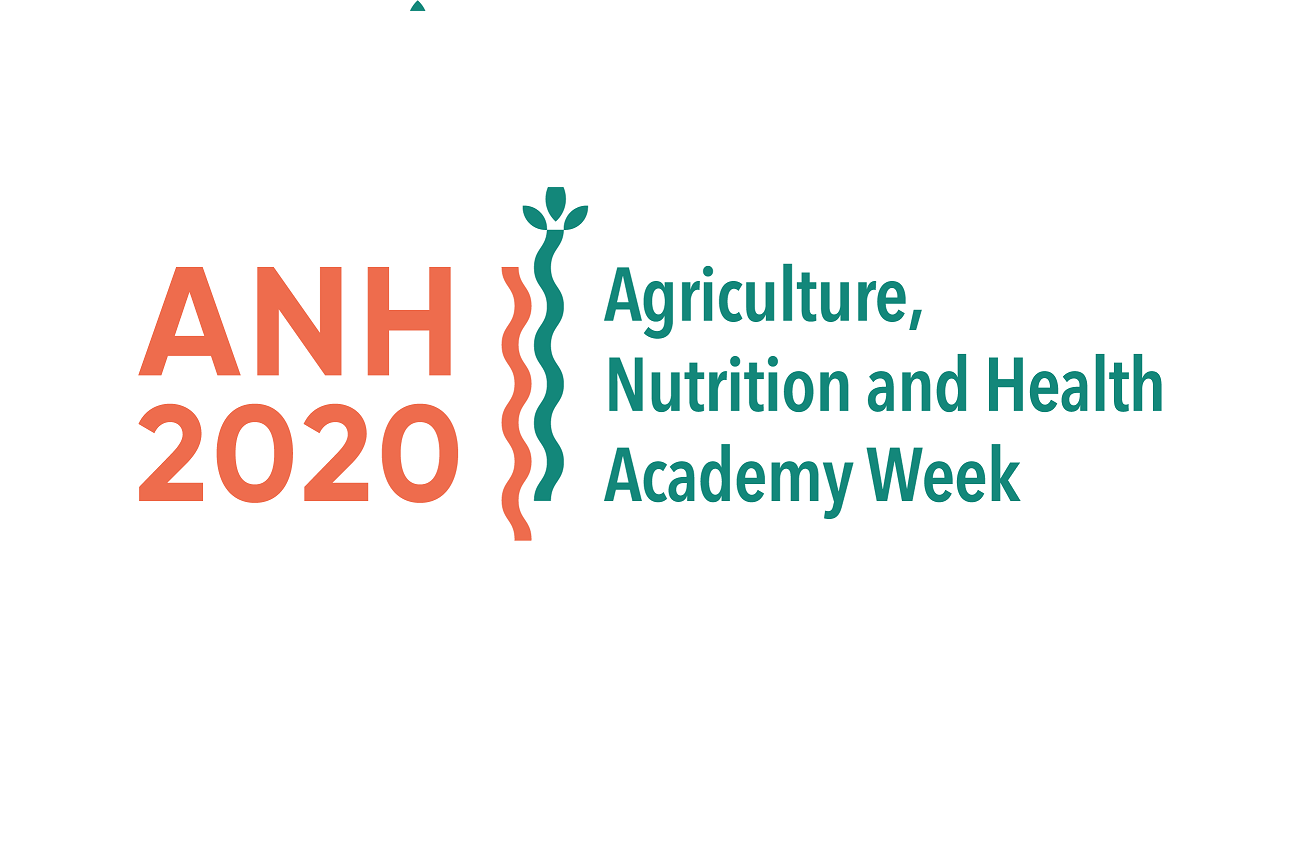
Recording:
Facilitator(s):
-
Tanya Stathers, Natural Resources Institute (NRI), University of Greenwich
-
Brighton Mvumi, University of Zimbabwe
-
Bruno Tran, Natural Resources Institute (NRI), University of Greenwich
-
Julia de Bruyn, Natural Resources Institute (NRI), University of Greenwich
-
Aditya Parmar, Natural Resources Institute (NRI), University of Greenwich
Description and Learning Objectives
Food loss and waste reduction strengthens food and nutrition security and lowers the environmental impacts of agriculture. Significant quantities of crops grown for food are lost during and after harvest. To effectively reduce these postharvest losses (PHLs), and meet SDG/Malabo targets, we need to understand why, where, and at what scale they are occurring. This session will explore the causes of PHLs, guide participants to use the African Postharvest Losses Information System to quantify and understand the economic and nutritional impact of these losses, reflect on policy and programmatic applications, and share evidence from a recent systematic review of interventions to reduce PHLs.
Following the session participants will be able to:
-
Understand why postharvest loss reduction is important
-
Describe three causes of postharvest food losses
-
Use the African Postharvest Losses Information System (APHLIS www.aphlis.net) to quantify postharvest losses for a range of crops and locations using the following metrics: percentage weight loss, tonnes, nutrients, USD, annual dietary requirements of how many people (including by gender and age group)
-
Explore the forthcoming Ceres2030 evidence synthesis and gap map of interventions that smallholder farmers and their associated value chain actors can use to reduce postharvest losses in 22 food crops.
Preparatory materials to be reviewed in advance of live session:
-
Please start by completing a few pre-session poll questions. Go to https://www.menti.com/tagmxy48do
-
Then please watch this introductory video on postharvest aspects of food systems and causes of postharvest losses (please open the video in Google Chrome, Firefox or Safari – as it seems to struggle in Edge)
-
Then spend a little time exploring the African Postharvest Losses Information System (APHLIS) www.aphlis.net. We demonstrate some of the features of APHLIS at the end of the introductory video, and there is an online tutorial here (note it has sub-titles and no audio)
Optional further reading and watching:
-
If you are interested in further reading, this short paper raises and discusses a number of issues surrounding postharvest loss
-
Postharvest cereal losses in Sub-Saharan Africa, their estimation, assessment and reduction
-
The two videos below provide information on a mycotoxin risk warning system and an e-learning system supporting postharvest loss measurement.





